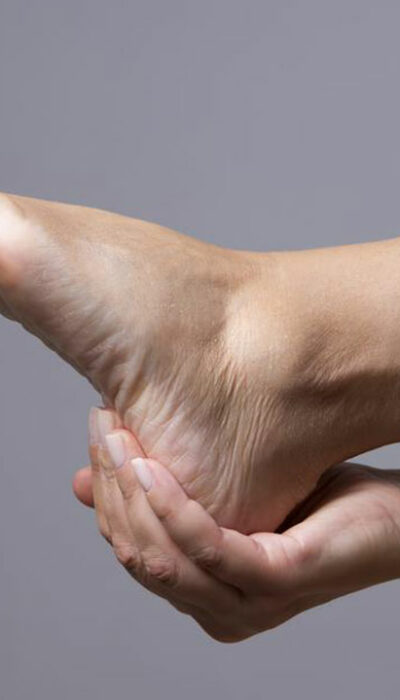
Diabetic Foot Pain – Causes, Treatment, and Prevention
Diabetes can take a toll on every organ of your body if not controlled. Diabetic foot pain is one of the complications of severe, uncontrolled diabetes. First, diabetes restricts the blood flow to your feet, which then deprives them of nutrients and oxygen. The second complication is numbness of feet due to peripheral neuropathy caused by diabetes. Diabetic foot pain or sores, when left untreated, may even lead to amputation of the limb. Diabetic foot pain treatments are based on the severity of the condition and the causes. It is important to discuss diabetic foot pain and sores with your doctor in order to ensure it does not lead to serious complications. Most diabetics develop foot pain and ulcers, but good foot care measures can help prevent serious complications. What causes diabetic foot pain? Diabetic foot sores commonly occur under big toes and the balls of your feet. They are caused due to the breaking of skin tissue and exposure of layers underneath. Severe sores may even affect the bones of your feet. Infected foot sores may even lead to amputation of your feet. First signs of foot sores are drainage from your feet, unusual swelling, redness or irritation, and bad odor from one or both feet. Diabetic foot pain and ulcers are mainly caused due to a lack of healthy blood flow to the feet. This blocked blood flow results in the formation of a black tissue that surrounds the ulcer. Diabetic foot pain is usually caused due to the following. Poor blood flow – Poor blood flow is a vascular disorder that makes it difficult for wounds or ulcers to heal. High blood sugar – Hyperglycemia or high sugar levels hamper the healing of an infected foot ulcer. People with type 2 diabetes find it extremely difficult to manage infected ulcers.










